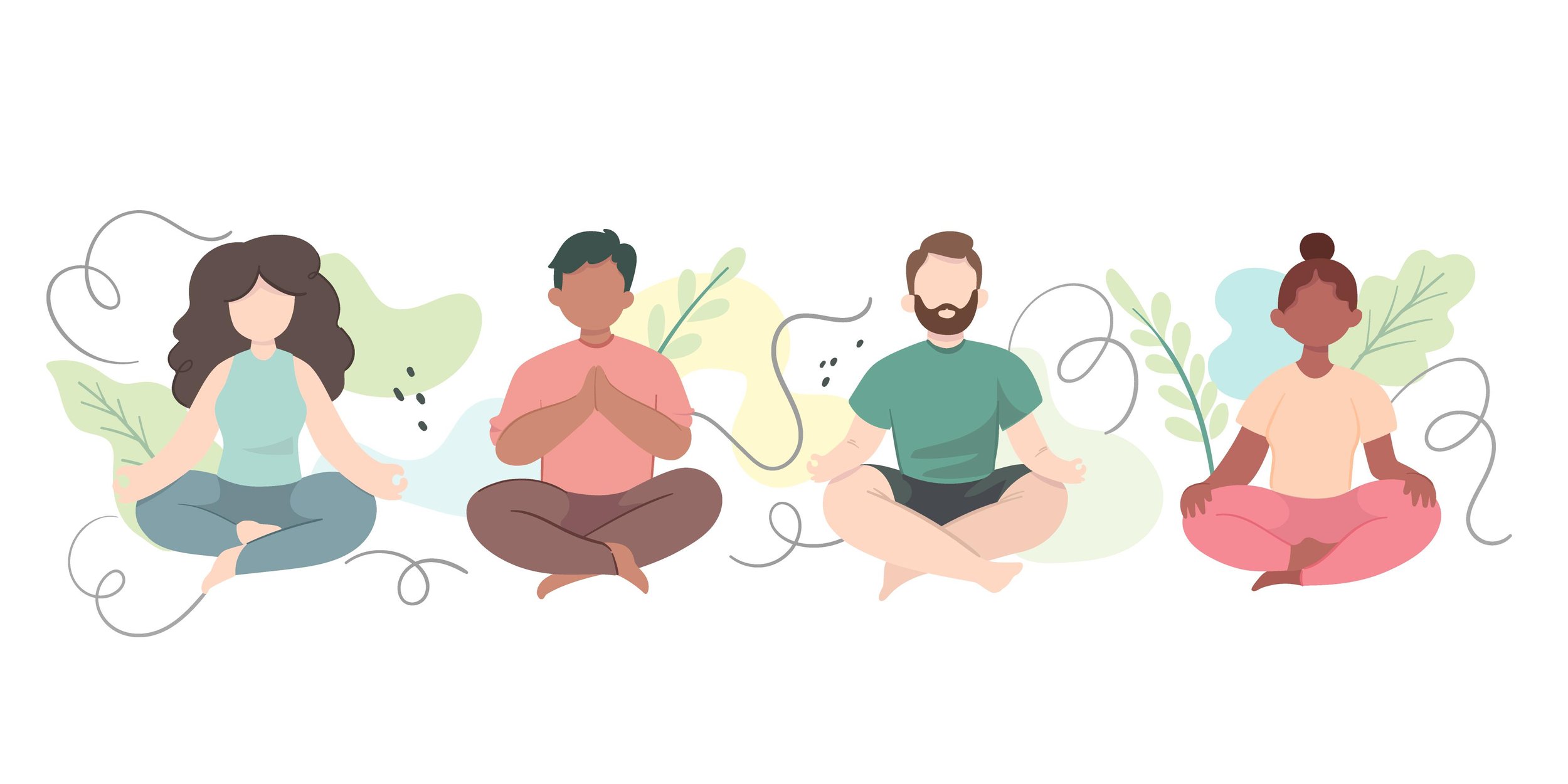The Benefits of Getting Outside During the Workday
/By Nicole Marino, AMFT
In today’s fast-paced, screen-driven world, it’s easy to get stuck in a cycle of sitting at a desk, eyes glued to a monitor, and feeling disconnected from the world around you. Whether you work from home, in an office, or at a co-working space, taking time to step outside during your workday can have a powerful effect on both your productivity and well-being.
Getting outside throughout the day boosts mental clarity and focus. Taking a break outside—even for just 10 minutes—helps clear the mental clutter. Exposure to natural light helps regulate your circadian rhythm and can improve your focus and alertness. A quick walk around the block or even standing in a sunny spot can reset your mind, making it easier to move onto further work tasks. It also reduces stress and increases productivity. Spending time in nature can lower cortisol levels and help you feel calmer overall. It can help energy levels, reduce the risk of burnout, improve creativity and problem-solving, improve physical health, and promote better sleep. As stated, getting outside has so many amazing health benefits even for a few minutes here and there.
How to Get Outside During Your Workday
It might seem challenging to leave your desk throughout a busy workday, but there are many options that can accommodate your schedule ensuring you are still getting what you need to get done.
1. Schedule Outdoor Breaks
Treat your outdoor time like any other meeting or appointment. Put it on your calendar so you don’t forget! Whether it’s a 10-minute walk after lunch or a 5-minute stretch outside before your next call, having it on your schedule makes it more likely to happen.
2. Walk and Talk
If you have a phone call or video conference that doesn’t require a screen, consider walking while you chat. This helps you get your steps in and is a great way to combine productivity and physical activity.
3. Take Your Lunch Break Outside
Instead of eating at your desk, step outside for your lunch. Finding a nice area to sit and take a break from being inside, can help give you balance throughout the day.
4. Create an Outdoor Workspace (When Possible)
If you’re lucky enough to have a backyard or balcony, consider taking your laptop outside for a change of scenery. Of course, this only works if your work environment is conducive to being outside and if you more than likely work from home, but if that meets your work description then this is a great option!
5. Take Small Breaks in Nature
You don’t have to spend hours outdoors to reap the benefits. A few minutes here and there—whether it’s stepping outside for a quick breath of fresh air or taking a short walk during a break—can add up over time.
6. Join or Start a Walking Group
If you work in an office and are looking for a way to encourage outdoor breaks, consider starting or joining a walking group. Set up a regular time to walk with colleagues—whether it’s during lunch, after work, or in the morning—and turn it into a social activity. This can also be a great way to bond with coworkers while getting your daily steps in.




















